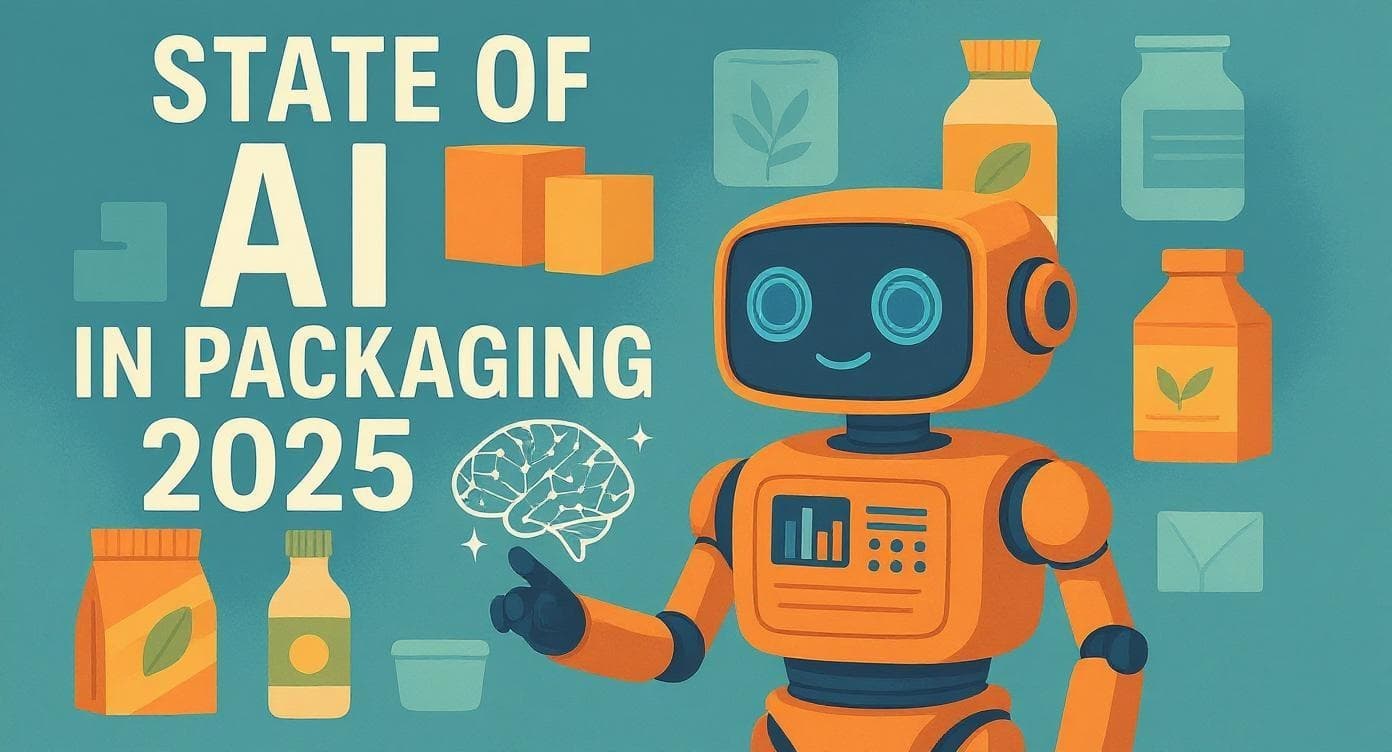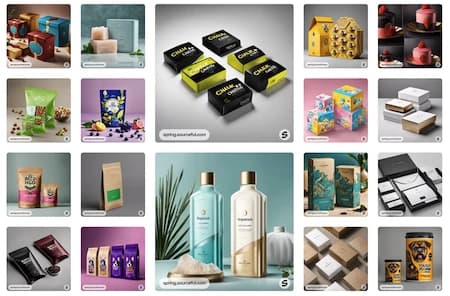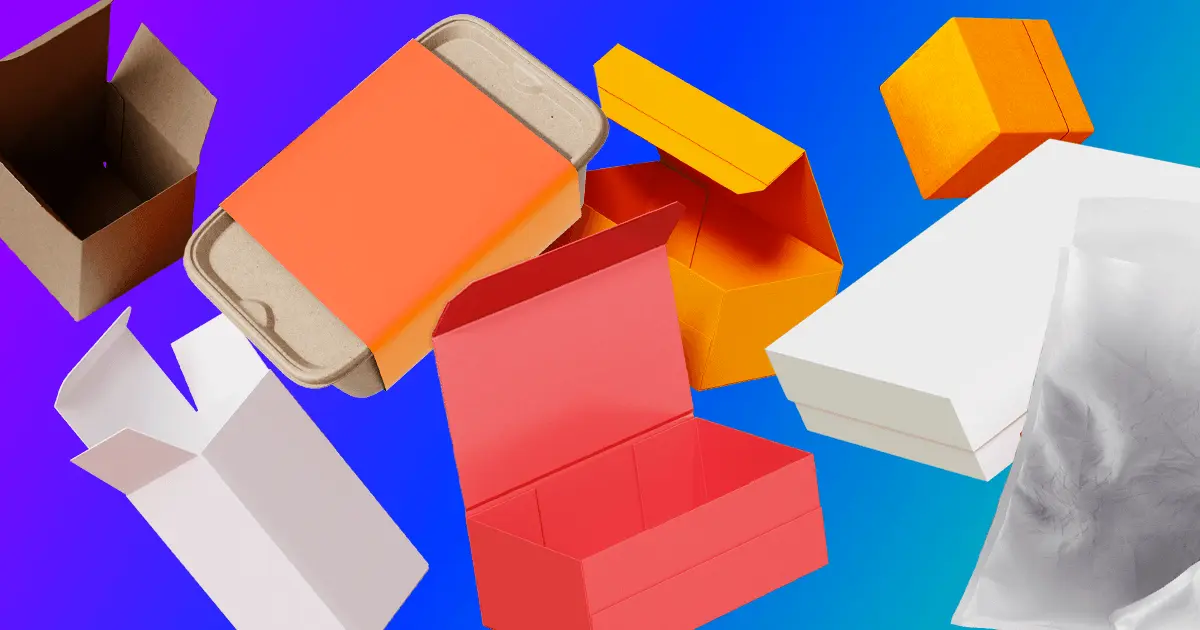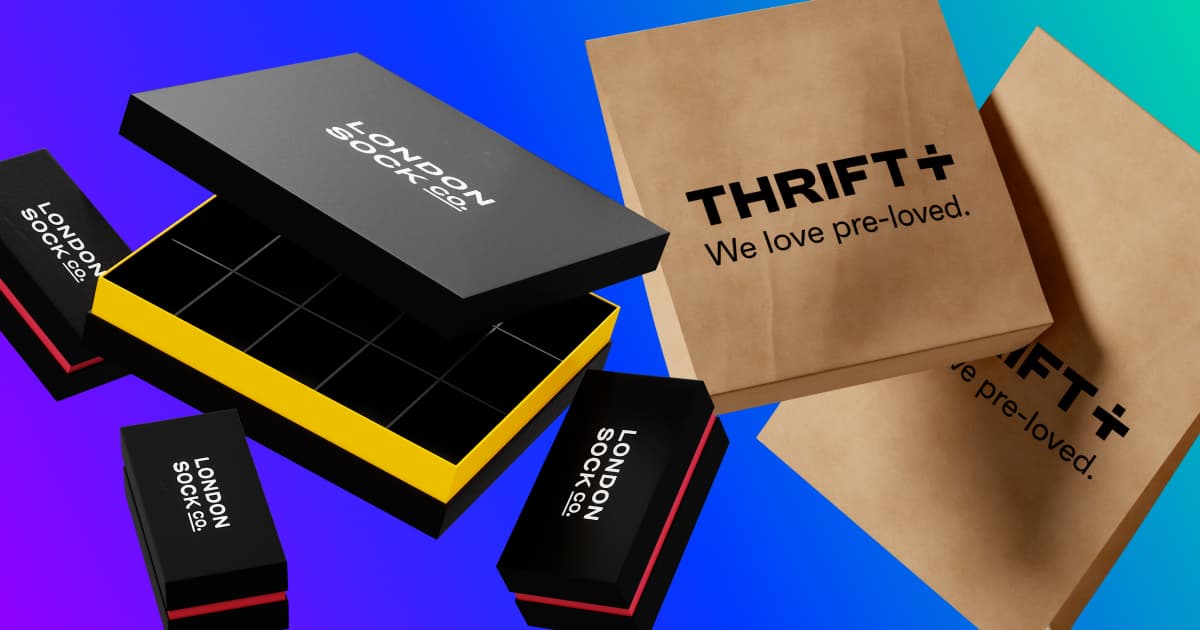Blog PostSourceful's Top Packaging Trends 2024: Part I (Sustainability)
- Sustainability
- Innovation
- Design
Rachel KevernJanuary 19, 2024 - 6 min read
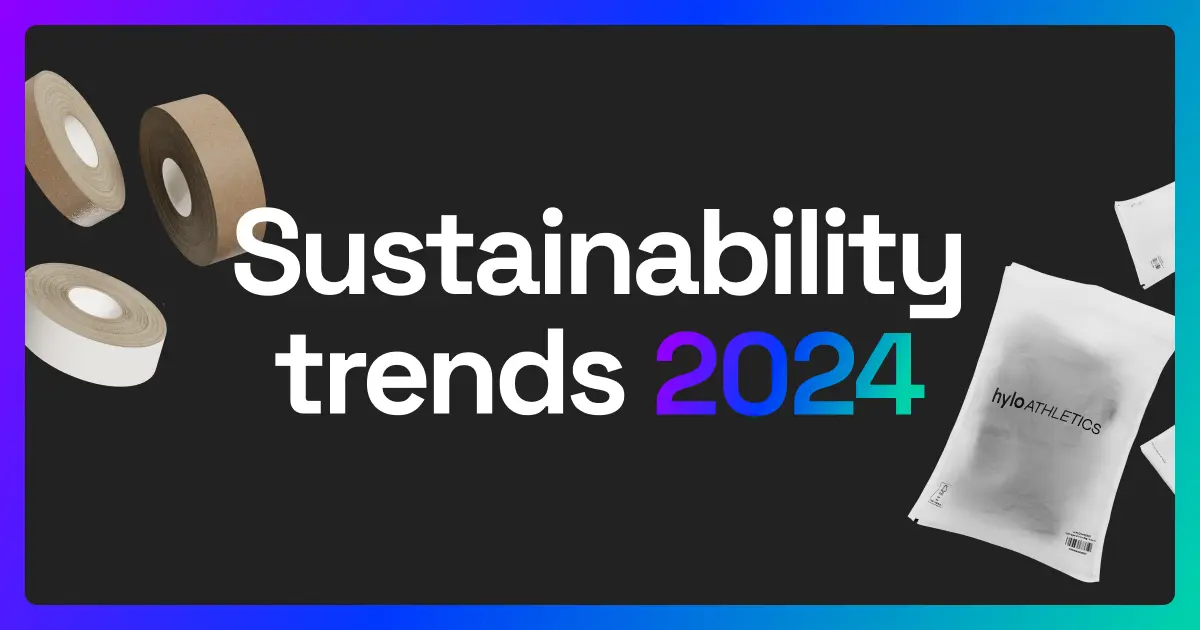
Air fryers, the latest in AI, AR and VR, experiential retail, Barbiecore and the return of Uggs.
If there’s one thing that last year taught us, it’s that trends are more everywhere than ever. Unsurprisingly — packaging is no different.
But the packaging industry is (really) big, and in reality, packaging trends always involve other trends in other worlds, like design, branding, technology, supply chains, sustainability and beyond. It’s never just about cardboard and shipping boxes.
This makes predicting packaging trends hard, which is made even harder by today’s era of micro-trends, viral videos, globalisation, rapid progress in technology and information overload. In other words, sifting between the fickle and the future is tricky.
Yet trend forecasting and staying in the loop is still important. If you can, you’ll be in a better (and more competitive) position with your packaging. And who doesn’t like a head start? If you can’t though, you may fall behind the curve and have to painfully watch other brands ride and reap the rewards of the packaging trend wave.
Luckily, as a company that helps brands design and produce packaging, as well as automate their operations, reduce their carbon footprint and deliver exceptional packaging experiences, we’d like to think we’re in a good position to make some well-informed predictions.
So, without further ado, here’s part one of our top packaging trends of 2024: sustainability.
Thanks to Albert Howard (Head of Sustainability) for all the help and insights that went into this article.
1. Going, going…
Last year plastic-free packaging went viral, with major players like Flora, Coca-Cola and Walkers all launching new lines. But, encouragingly, it wasn’t — and isn’t — just the big companies who are turning away from plastic. Hundreds of other brands like SeedsMan, Rocketo and Paist are making plastic-free their priority and experiencing the benefits whilst doing good for the planet. Ethical footwear brand Hylo, for example, reduced their footprint by 29% when they switched to a plastic-free glassine inner bag. They also had a new and impressive milestone to share with customers.
Like many trends, plastic-free packaging hasn’t appeared from thin air. But it is growing rapidly, supported by new regulations, increasing consumer awareness and soaring availability of competitive plastic-free alternatives. Which is why it will be one of the biggest packaging trends this year. As more viable plastic-free packaging comes on the market, the demand that’s been brewing will have real and exciting choices going forward. Put another way, supply is catching up with demand. Now’s the time.
Our take: brands are increasingly avoiding plastic packaging because of its public image. But it is important to say that there are still cases where there aren’t good plastic alternatives yet, like perishables and other sensitive products. If you’re in that position, opt for recycled plastic packaging.

2. Regulation ramp up
In 2023, France and Italy introduced the first mandatory packaging labelling requirements. Now products (and packaging) in those countries have to state what they’re made from and, importantly, how to dispose of it. It may seem a small step, but it’s far from it. Clear labelling is a vital step in allowing consumers to dispose of waste correctly. In turn, this makes recycling waste that can be recycled much more likely. And that means less waste in landfill and fewer emissions.
France and Italy, however, are just the beginning. As their regulations are part of a wider EU directive, we’re predicting more countries will quickly follow suit this year. Aside from that, other regulations that directly affect the packaging industry are ramping up, including the EU’s Green Claims Directive and the UK’s Extended Producer Responsibilities. And all of these may affect your business.
Whilst regulations sound scary, they’re a good thing. They mean more transparency, more accountability and ultimately pave the way to better and more sustainable packaging.
Our take: read up on upcoming regulations to future-proof your packaging and avoid any penalties. It can take time for new laws to see the light of day, but the more prepared you are the better.
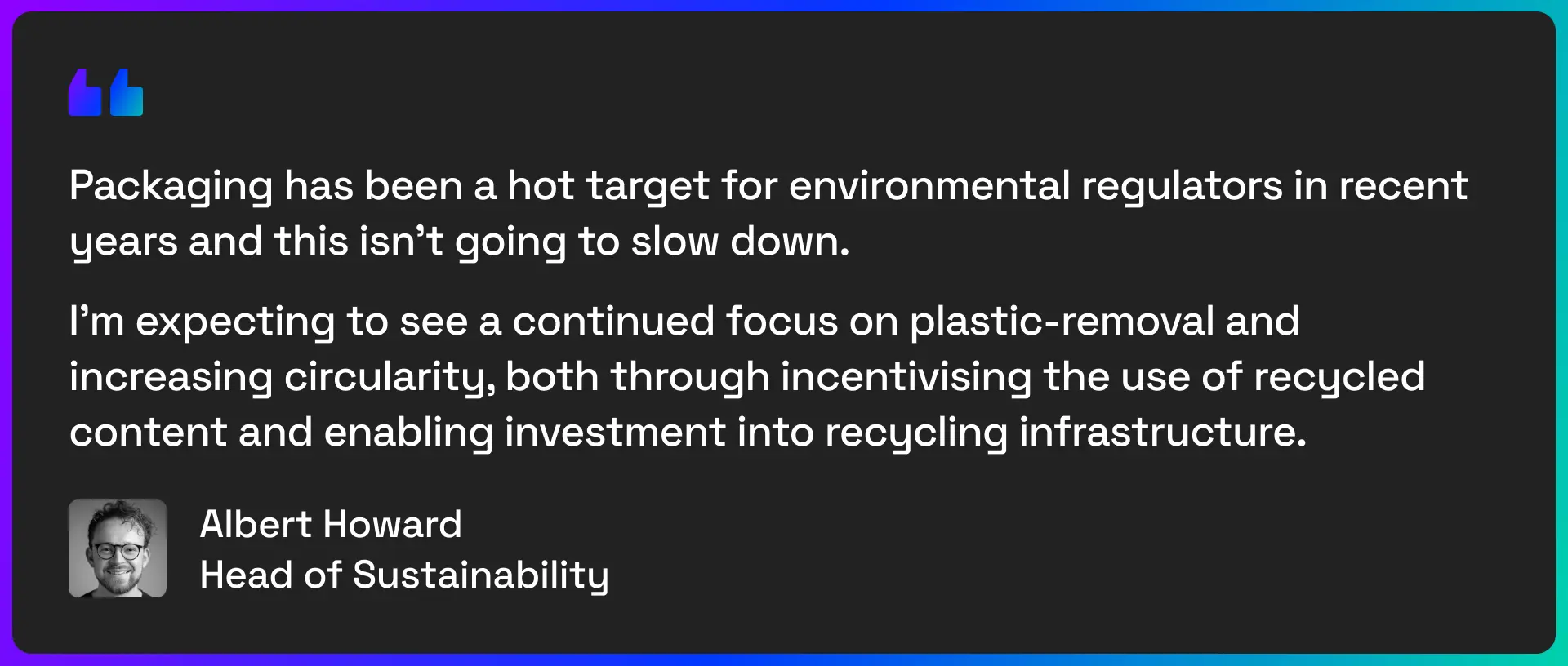
3. The compostables bubble
Greenwashing is still rife, but we are seeing more packaging skeletons coming out of the cupboard. And without a doubt, the best example of this is compostable packaging, which hundreds of suppliers are pedalling as the ultimate sustainable packaging solution.
But our team found a very different story: compostable bags emit 1.5-2x more greenhouse gas emissions than virgin fossil plastic bags. This is mostly down to a lack of composting infrastructure, resulting in the majority of compostable packaging ending up in landfill. Despite this obvious end, suppliers continue to tout compostable packaging’s green dream.
This year, we’ll see more and more brands ditch compostable packaging as greenwashing laws tighten and the truth spreads. After all, consumers are savvy, and shipping products in greenwashed packaging won’t cut it anymore. If you’re wondering what will fill the gap from the compostable packaging exodus, it’s clear. Paper packaging is back.
Our take: as the research is still fresh, it’s likely the market for compostable packaging will continue to grow. But, importantly, the truth is out and we expect that truly committed brands will turn their backs in the coming months.
.webp)
4. Smart refill
At its core, refillable packaging is simple. Design your packaging so that it can used again and again — and again. Granted there is a little more to it, but the benefits are worth the extra design considerations: dramatically less waste, empowered customers, long-term savings and a crucial point of differentiation. Even better, refillable packaging is on the up.
By the nature of refilling, your product has to be liquid, loose (like coffee) or somewhere in between. Which is why we’re seeing so many cosmetic, personal health and household brands jump on the refillable bandwagon. Brands like Balms etc., På(fyll), Dr. Bronner’s, Maya, Tweakit, Nestle and — of course — Wild, the UK’s leading sustainable deodorant brand.
Refillable packaging is still in its infancy, with brands working through teething issues like how to minimise the packaging they ship and return refills in. But the idea is alive and kicking, and the only way now is up.
Our take: if your product is suitable for refillable packaging, look into it. Or better, ask your packaging supplier for advice. It’s a new and exciting corner of packaging with big benefits for both your brand and the planet.




